This is the camera of a Lightmancer. Not as clumsy or random as a DSLR. An elegant camera… for a more civilised age. – With apologies to Obi Wan Kenobi.
Well, I am starting to resemble Alec Guinness these days, so this seemed an appropriate way to start this piece and for some time now I have noted the similarities between the lightsabre of a Jedi Knight and the chosen camera of a photographer. By the time you have tweaked the parameters and added strap, screen protector, grip thumbrest and softrelease, your camera is pretty well unique to you; your choice, your tool, and your constant companion—and, as such, it had better be a good one.
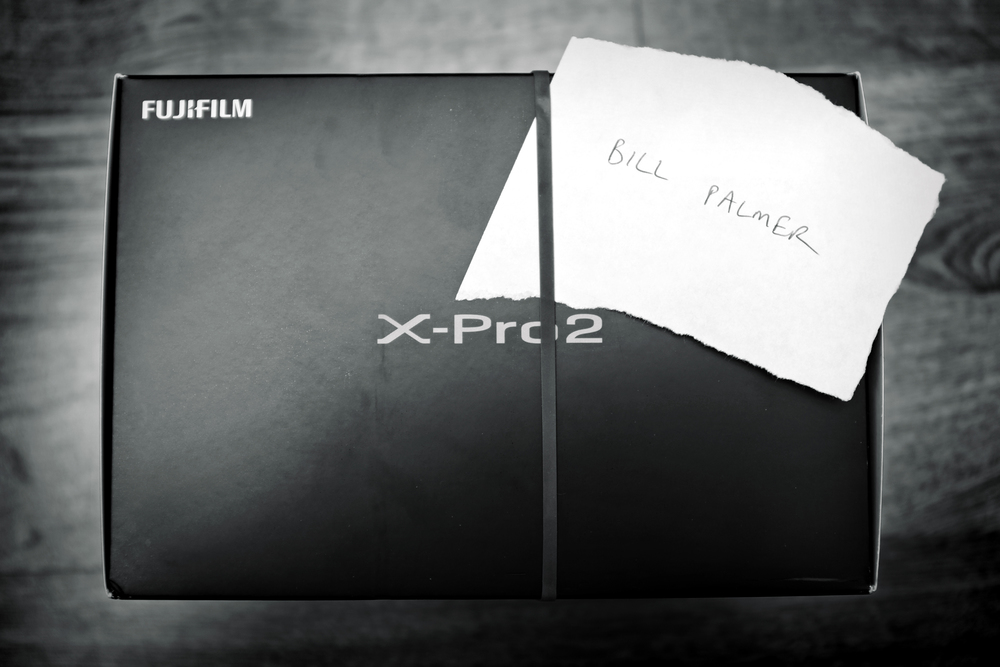
Enough geeky fandom—let’s cut to the chase. My first impression of the X-Pro2 is that it is as good as it gets. It lives up to all the early hype with aplomb. I could stop there, making this the shortest review I have ever written—but, there’s more—much more to this story. This, though, is not an in-depth review, more a first look; I shall go deeper in the months to come.
48 hours’ frustration
I’ll start at the beginning. I’ve had the X-Pro2 on order since the day it was announced. It would have been sooner but the nice chaps at London Camera Exchange in Guildford wouldn’t take my money before it was official. As luck would have it the call that it had arrived came through when I was in Edinburgh. It was a very long 48 hours before I could pick it up. I did so on Thursday, just in time for my birthday next week. I rushed over and parted with my hard-earned cash, then whizzed home and put the sleek black box on my desk.
Fuji have evolved their packaging over the years. It has moved from functional to something a bit more premium; they recognise that the box your new camera comes in is part of the overall “user journey”. You don’t get the thick fibreboard boxes within boxes and satin linings you get with Leica, but you do get a tactile feeling of opening something just a little bit special. Sitting on my desk beside my X-Pro1 the family resemblance is unmistakable and somehow reassuring, like seeing an old friend who has done well for himself and turned up for lunch in a smart new suit. Objectively, the exterior changes are slight, and well-documented by the first wave of reviews from the beta testers. Subjectively, the camera feels light-years removed from the X-Pro1. It is more polished, more finished, more sleek in appearance.
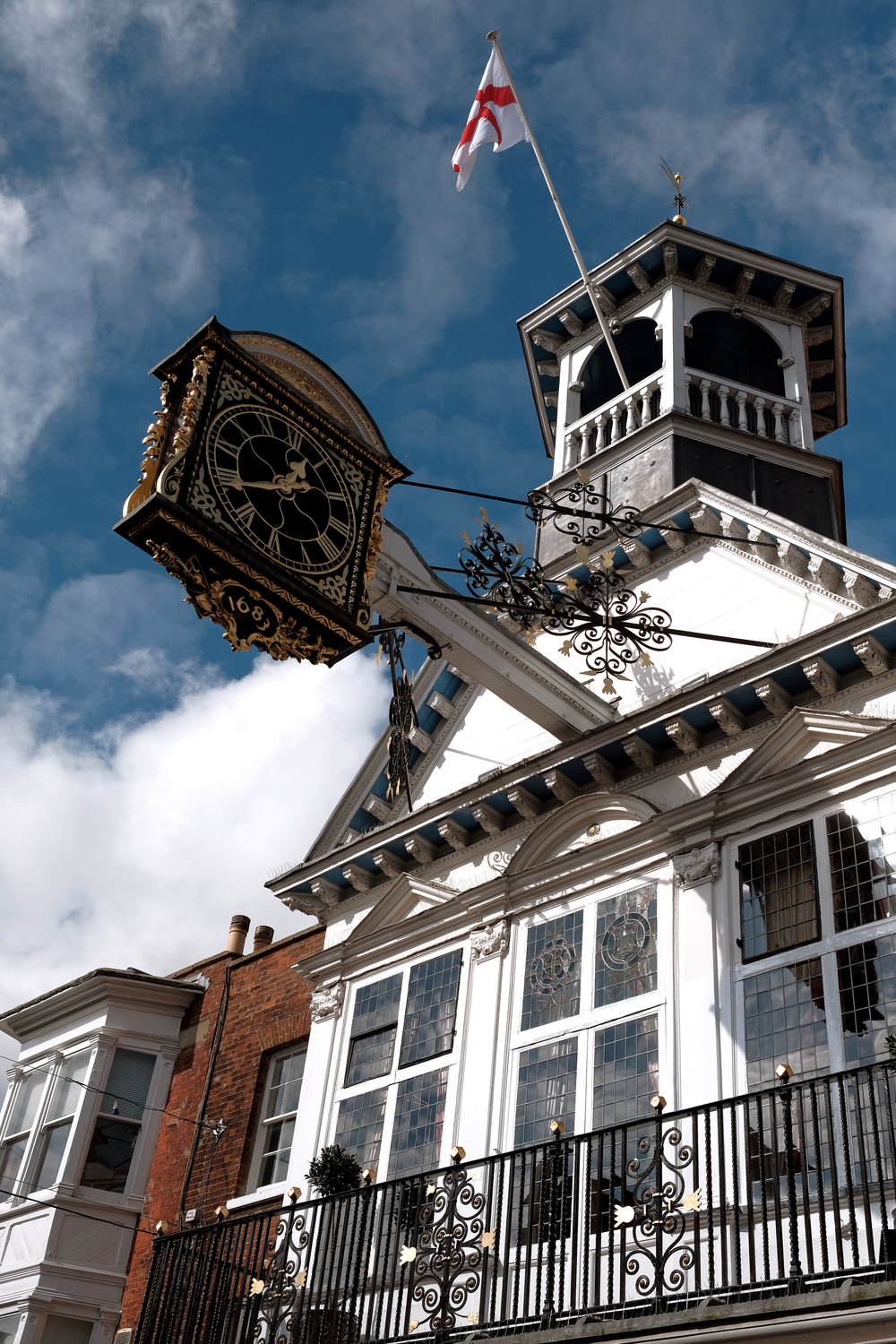
Fujinum block
Of course beauty is not only skin deep. The new X-Pro2 feels as if it is carved from a solid block of Fujinium—nicely hefted without being too heavy. No middle-age spread here. Much has already been written about the subtle handling improvements—the shifting of the rear controls to the right hand side and the bigger grips front and rear—and they do make a difference. Handling is, if not quicker—yet—certainly more intuitive. The grouping of buttons under the right thumb is a logical tour de force meaning that for the vast majority of parameter tweaks the camera can be kept at the eye.
There seems to be a trade-off, however and I am not sure if it is only me or if others will find the same. The four-way controller has moved down a bit and closer to the rear screen and in this new position seems to fall perfectly under the heel of my thumb, necessitating locking of those buttons in normal shooting. A minor irritant, and a consequence of putting everything so conveniently close together, I think. For now I’ve shifted the Lensmate thumbrest over from my X-Pro1 and that does seem to help by providing a bit of “stand-off”, although it is close to the shutter speed/ISO dial which makes changes inconvenient, especially when wearing gloves. I also have a grip on order from Fuji and I’ll see how that helps. Larger though the new built-in grips are, they are still not quite large enough for my taste or hands; I am used to an iShoot grip on my X-Pro1 and miss the extra bulk (unlike the Lensmate thumbrest the grip is not transferable, by the way—the newly-centred tripod mount sees to that).
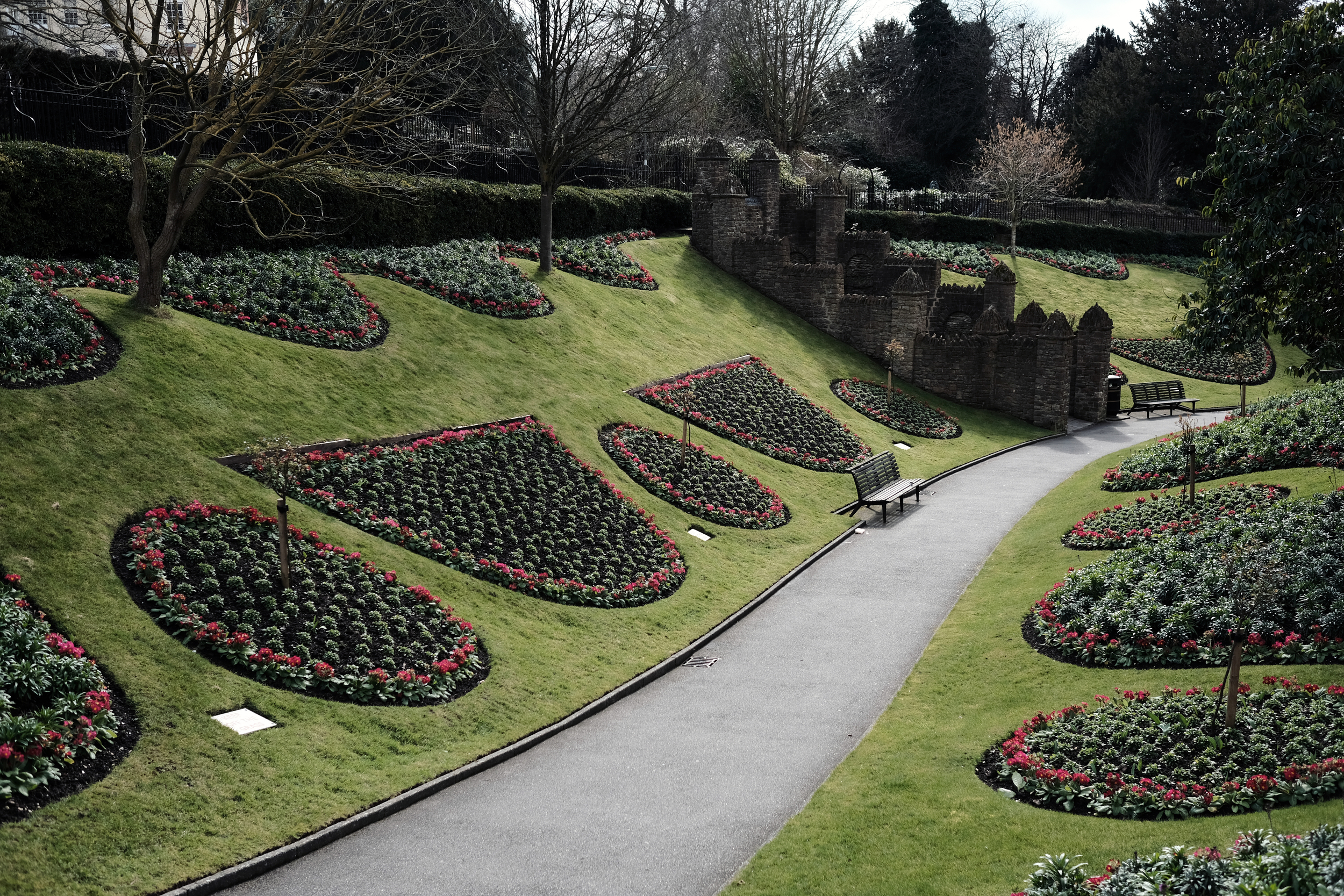
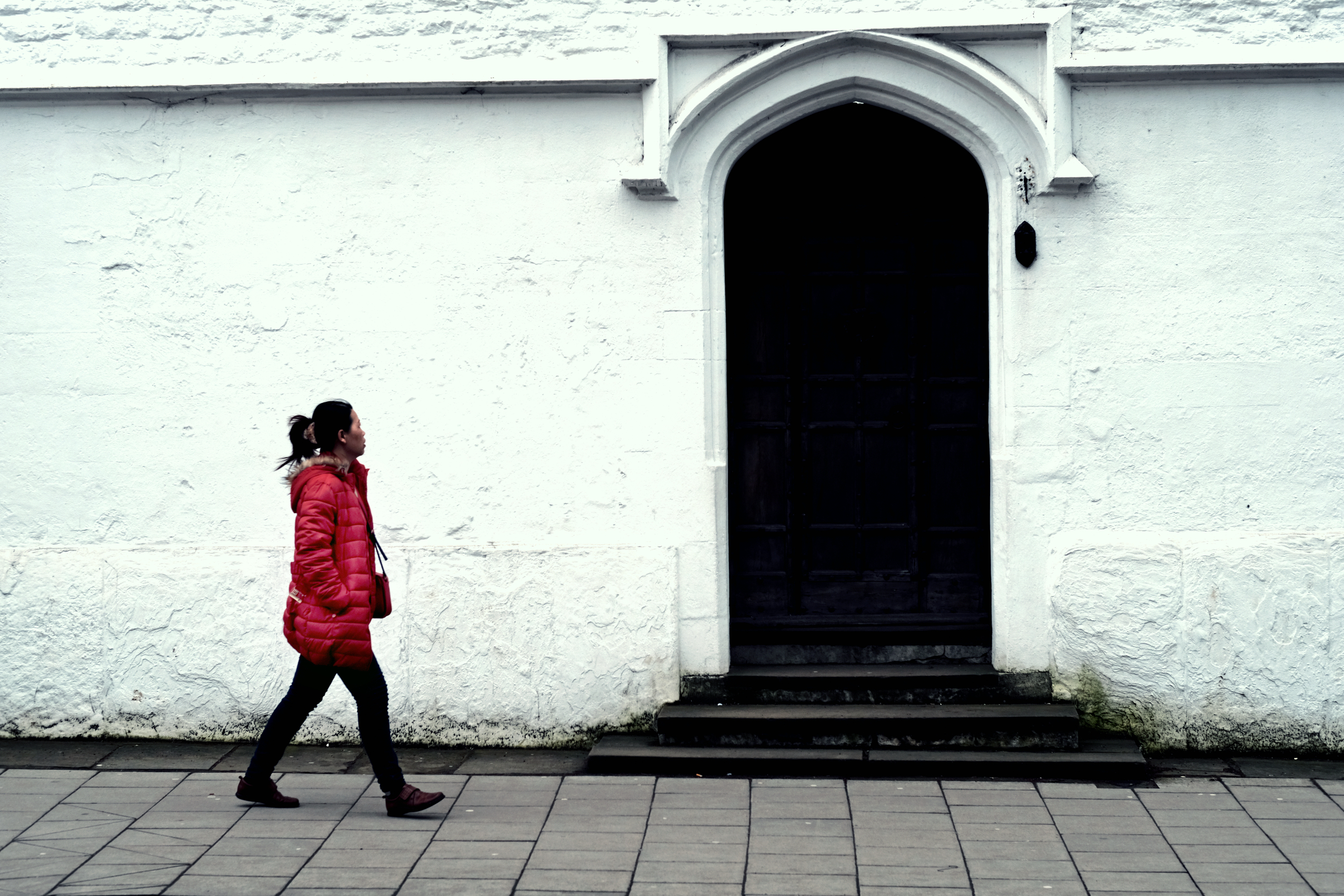
Above left: Waiting for Spring, 35mm f/1.4. Right: The power of red, 56mm f/1.2
Sticking with the controls and handling, I am impressed with the tactility of the knobs. They click into place with commendable stiffness and feel made to last. Doubts have been expressed in some quarters over the ISO dial which is now positioned within the shutter speed dial but it is logical and highly functional; I love being able to see how my camera is set with a quick glance at the top plate. Those who don’t “get” knobs, and who want sleek exteriors, with everything accessed through menus and touchscreens, need their heads examined, if you ask me…
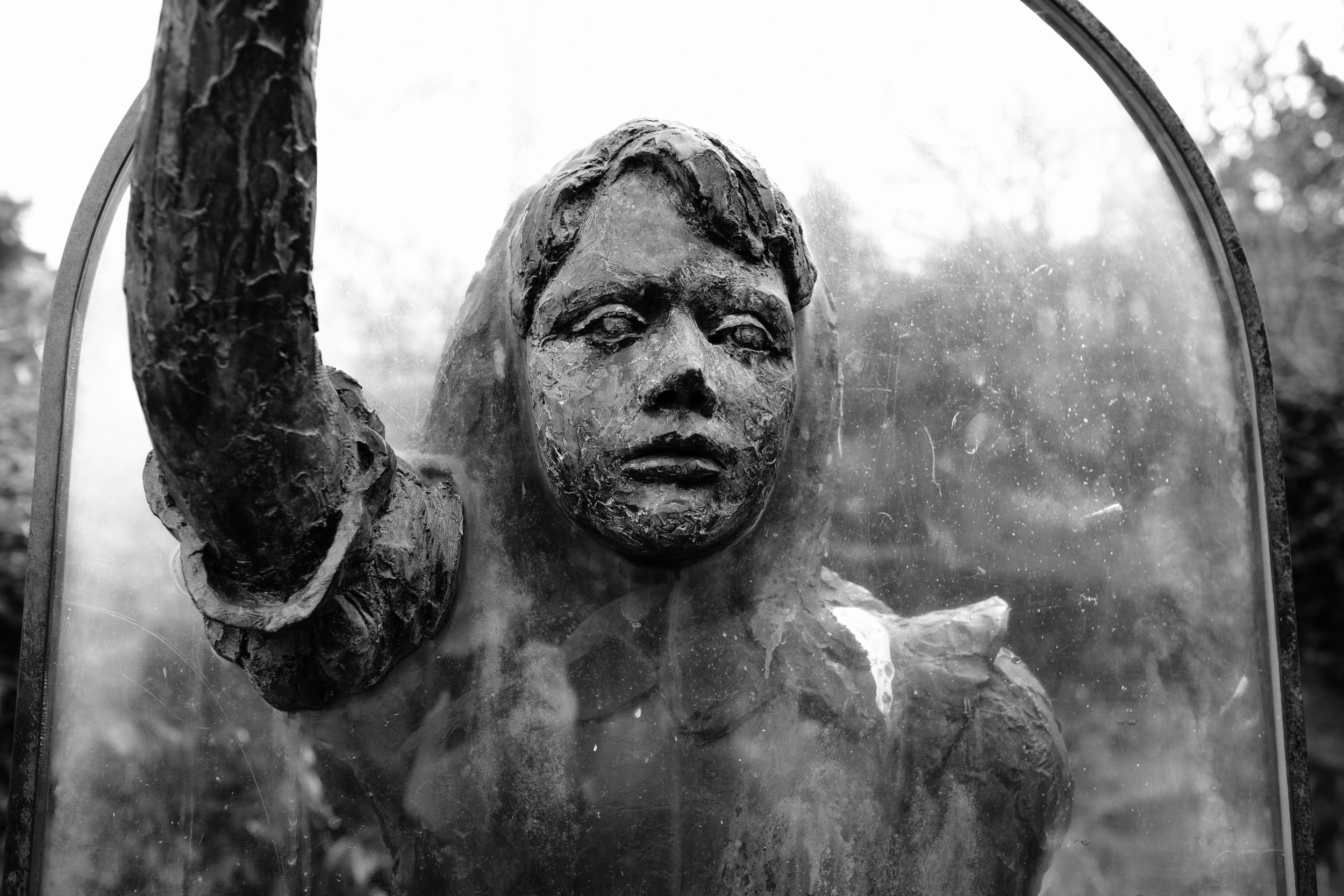

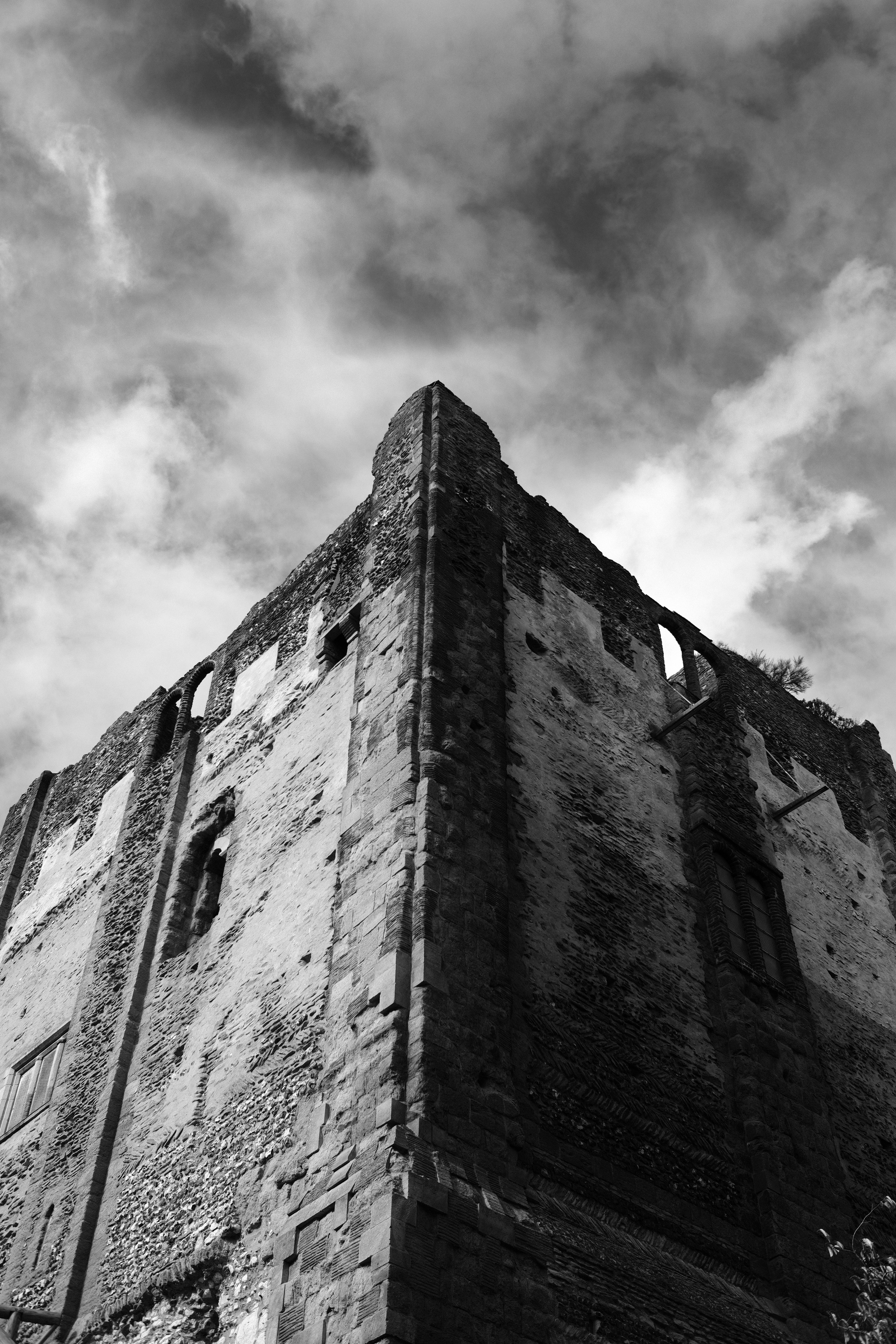
Above: Alice, manual focus 23mm f/1.4; centre, crop from same shot; right, Castle Contrast, 23mm f/1.4
Swaps and slots
Big hoorah—the battery remains the same as all the other Fuji interchangeable lens X-Series bodies. I know that this means battery life is likely to be down on the X-Pro1. There’s a lot more going on under the bonnet but, hey, I use an X100T so I am used to swapping batteries like a circus juggler. We now have two SD card slots, of course, and that has necessitated a shift from the base, beside the battery as in every other X-Series camera, to a position on the right hand side (as seen from the rear); that will take a bit of getting used to but does make sense. I’ve only used slot 1 so far, but I do notice that the card seems to be gripped like a dog with a pull toy, meaning on the one hand that it is unlikely to pling out and inconveniently find the nearest storm drain, but on the other that one has to carefully pluck rather than glide it out; maybe that will change with use.
The menus have been given an overhaul too – a big one. My original plan was to duplicate the key settings from my X-Pro1 but I ended up with the X100T on my knee instead – the generational gulf between 1 and 2 is that great. Half an hour or so of twiddling and tweaking (this could be so much easier) and I was ready to go.
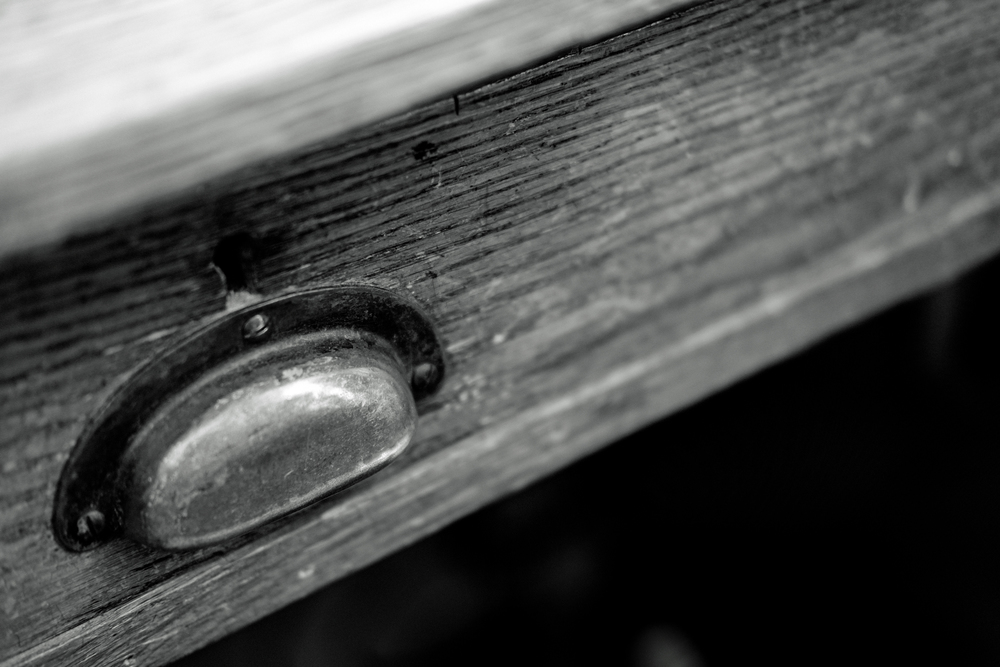
Dioptre joy
The eyepiece now has dioptre correction. Words cannot express how happy this makes me. When you get to my age and hyperopia and myopia are more than just Scrabble winners, it makes a huge difference to be able to shoot and check settings on the body without juggling spectacles like Professor Branestawm. The viewfinder is clear and easy to read in all modes OVF, EVF and hybrid—and combines in one elegant solution the best of both the X-T1 and X-100T. A minor quibble is that the eye relief is not great, but the freedom from spectacle wear helps with that.
The transition between OVF and EVF is still achieved by that lever on the front, which also handily alters the viewfinder magnification. Now it additionally calls up the hybrid view, a la X100T and—a very neat trick, this—by pressing the centre “hub” shows the fields of view for 35, 56, 60 and 90mm lenses, a feature strongly reminiscent of the frame preselector lever on the Leica Ms; it’s very useful to show what your field of view would encompass without actually switching lenses.
Oh. One more thing. That joystick thing on the back. I’m sure it is jolly useful, for those who regularly shift focus point like an indecisive gerbil in a sunflower seed store but I can honestly say I have only done so once, and that by accident. Where it does come into its own for me is the rapid and precise control it provides on playback. It makes image and menu navigation a breeze and significantly speeds up in-camera raw processing.
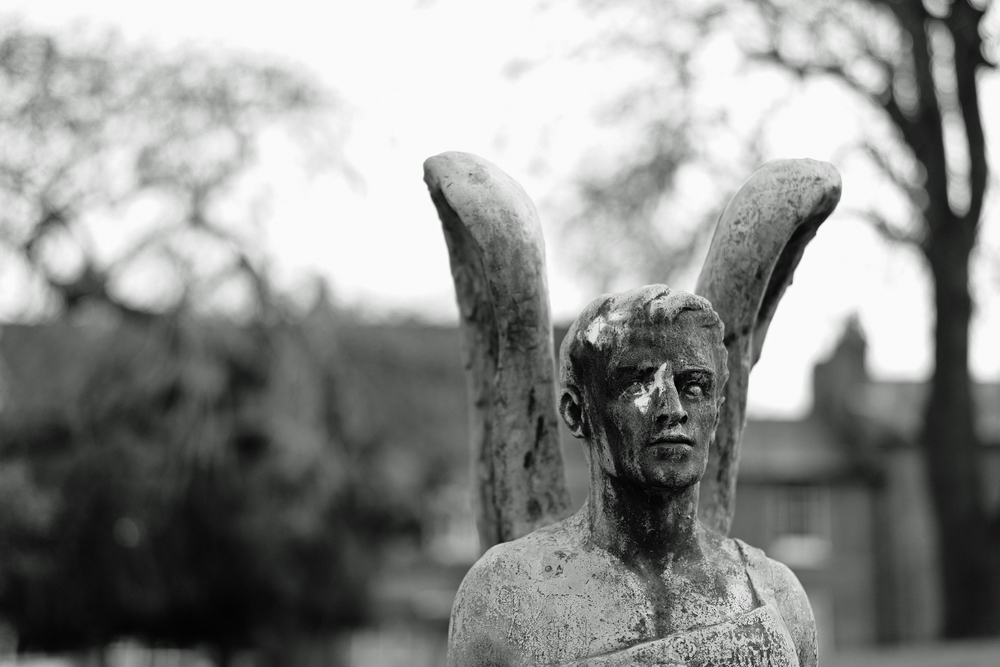
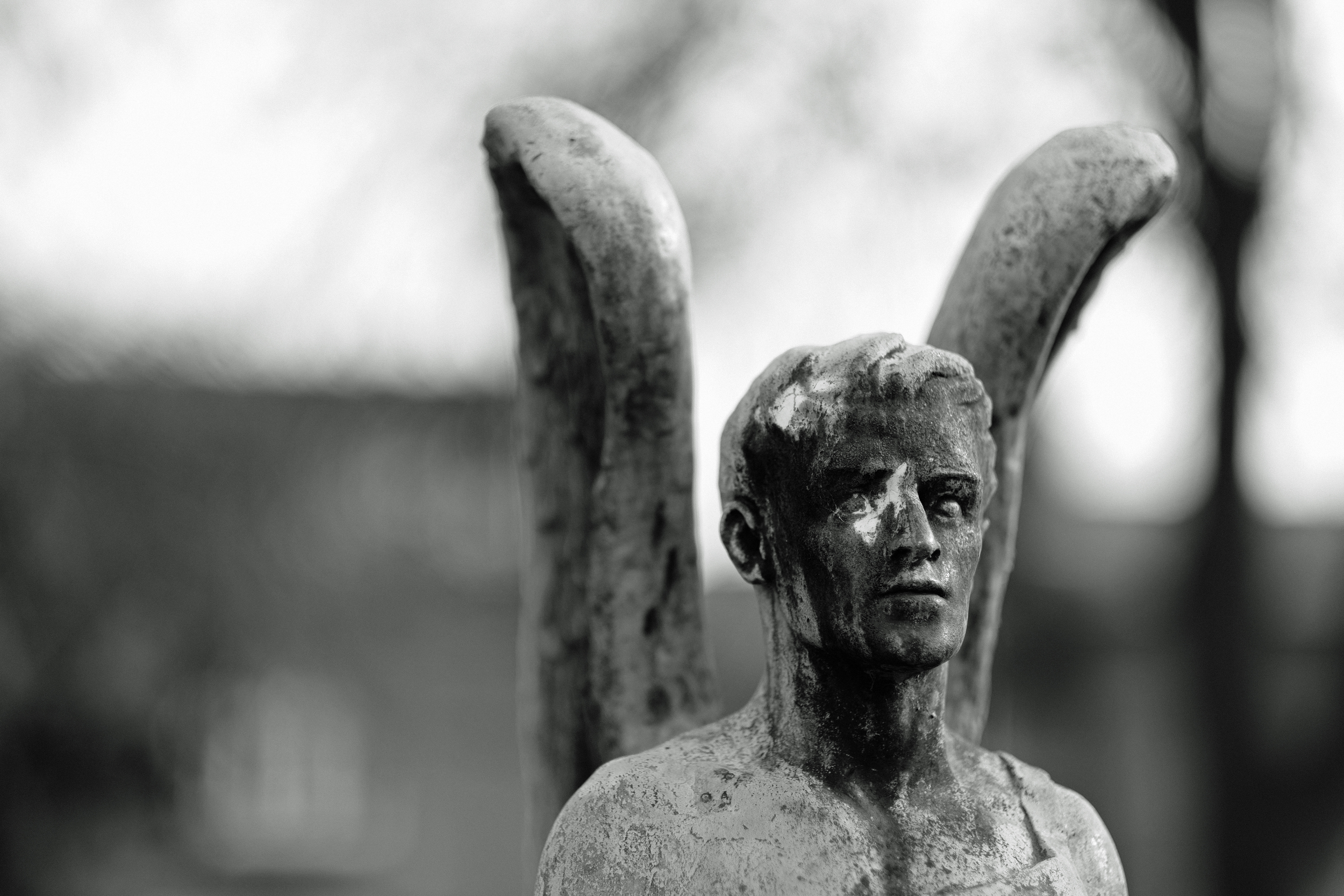
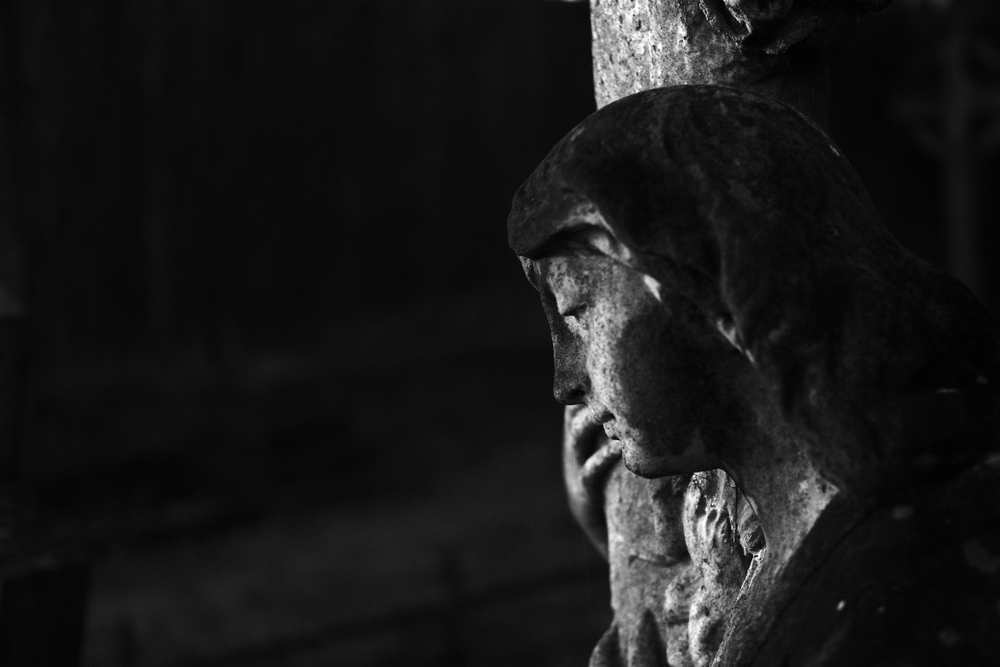

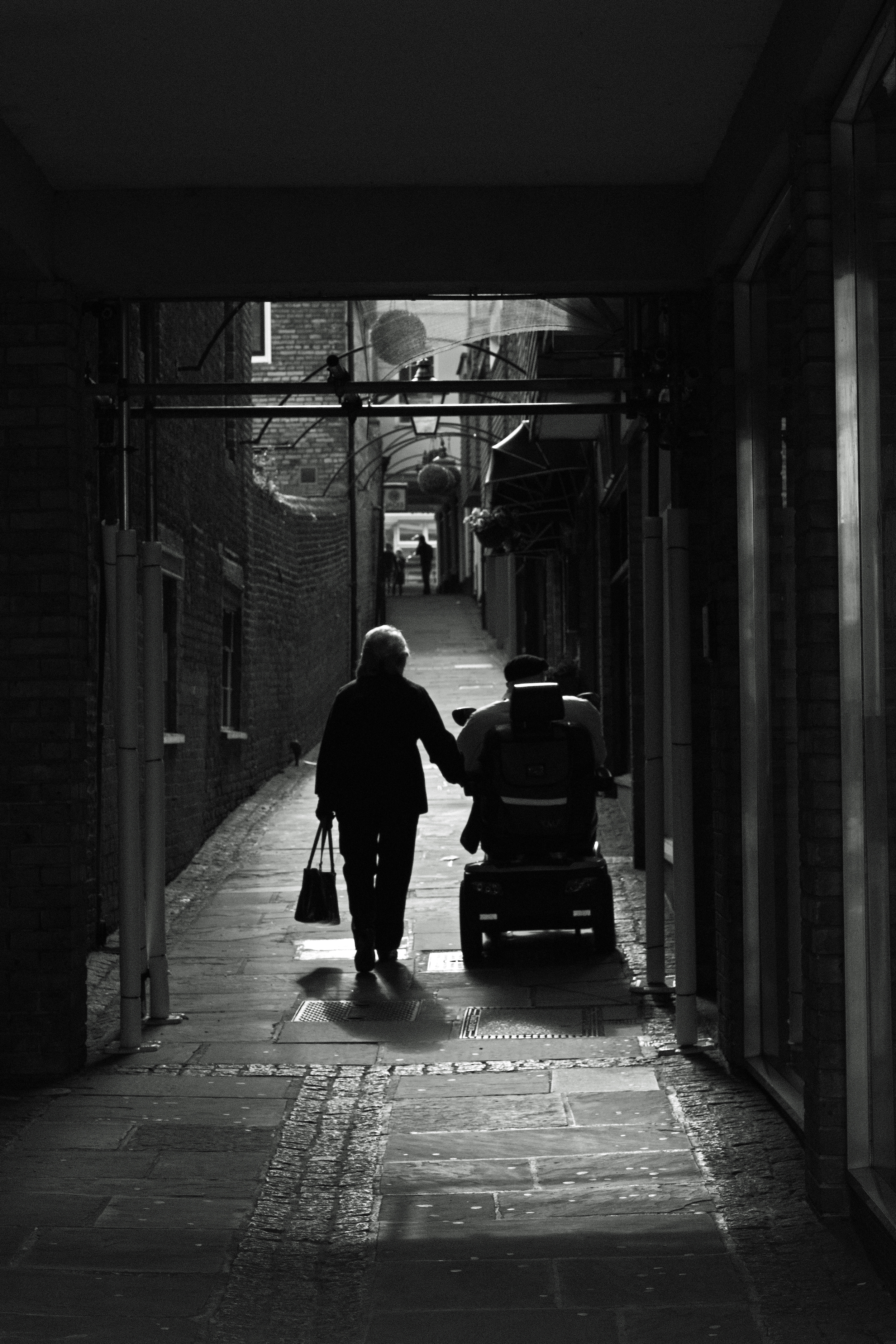

Clockwise from top left: Angel, 35mm f/2; Angel, 56mm f/1.2; Sculpture, 35mm f/2; Like Father Like Son, 35mm f.2; Together Forever, 56mm f/1.2; Over Your Shoulder, 56mm f/1.2
Marriage made in heaven
Now, where was I?
Back last year when I reviewed the then brand new 35mm f2 I mentioned that it was just made for the still-to-be-announced XPro2. It’s so nice to be proven right so emphatically. The two mated with a self-satisfied snick and blended seamlessly into a single photographic device. I pressed the toggle and the blue blade extended with a hum…
…sorry, getting carried away again.
In use the X-Pro2 is like the love child of the original X-Pro and the X100T, raised on a diet of blue smarties. It is smoother, faster, more capable—in fact it is, let’s be honest, sexier. Pretty well every aspect of this camera has been revamped and changed for the better. Don’t be fooled by the exterior similarity, this is not an evolution, it is a full-blooded revolution. From the snappier AF to the bigger sensor, from the electronic shutter to the extended exposure compensation and the 8fps continuous exposure, every element of the X-Pro1—a formidable camera in it’s own right—has been taken apart, thought about, improved, put together, and improved again.
I’m still only two days into ownership, but based upon my experiences so far, I have already come to—or more to the point, confirmed—some decisions. My original X-Pro1 will now be relegated to backup. My X-T1 is now surplus to requirements and will be sold, most likely to help fund a 100-400 in the not too distant future (and before the airshow and cricket seasons get off the ground). The X-Pro2 is, in short, the digital camera I have been waiting for ever since I sold my trusty and much-loved Leica M7 .85; it is compact, capable and built like a tank. In use it flatters, producing images that have a plasticity and luminosity that is simultaneously both signature-Fuji and something new, something more. I have not had the time to shoot much yet, but what I have done, I really like (you may find otherwise) The X-Pro2 suits my preferences and my personal style, and will be in my bag and in my hand for some considerable time to come.
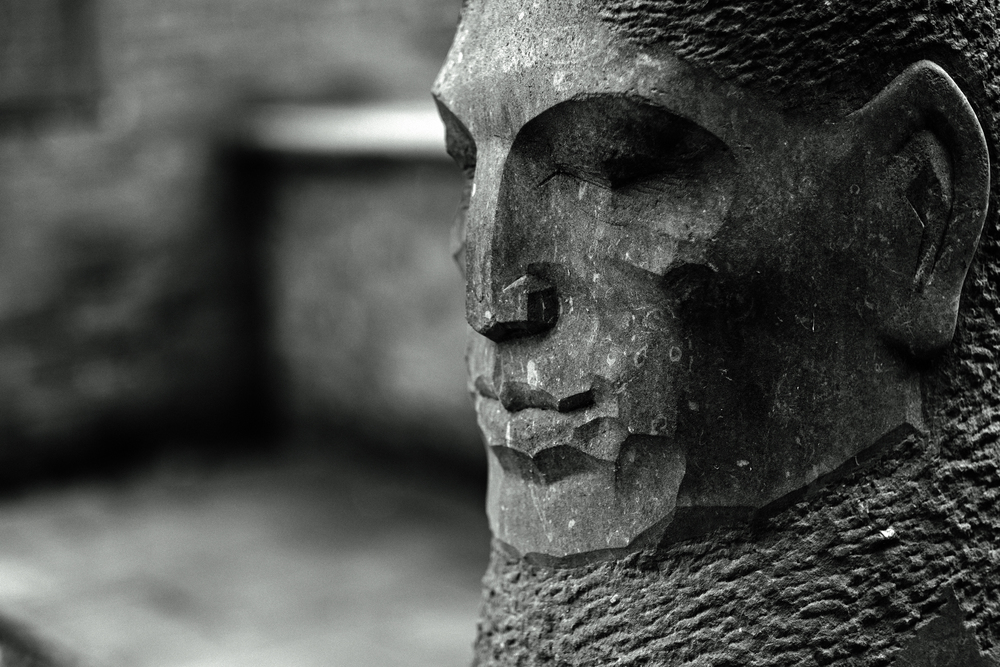
Acros impressions
The illustrative shots shown here were taken with my 23mm f1.4, 35mm f2 and 56mm f1.2 lenses. I’ll try the rest of my lineup in the weeks to come and report back. I am particularly keen to see how it performs with the 27, 18-135 and 90. This time out I used the Acros film simulation, as well as the Classic Chrome; both do exactly what you would expect—emulate their film forefathers to a T. The Acros setting in particular is impressive; I have set a custom setting as Acros Red and I expect to make extensive use of it.
So, that’s the first 48 hours done, and the story started. Time will tell just how good the X-Pro2 is but I have little reason to doubt it. The only reason I say “little” is because there is the small matter of the camera “forgetting” much of it’s configuration overnight as reported in my previous article. At time of writing we have no word from Fuji on this issue, which has also been reported upon by a number of other new owners, but I am confident that it will get resolved, and rapidly. Fuji has built a reputation on customer service, and that reputation is enhanced by their reaction when things go wrong, not just when things go right.
Keep tuned for more exciting episodes!
You can find more from Bill Palmer at Lightmancer

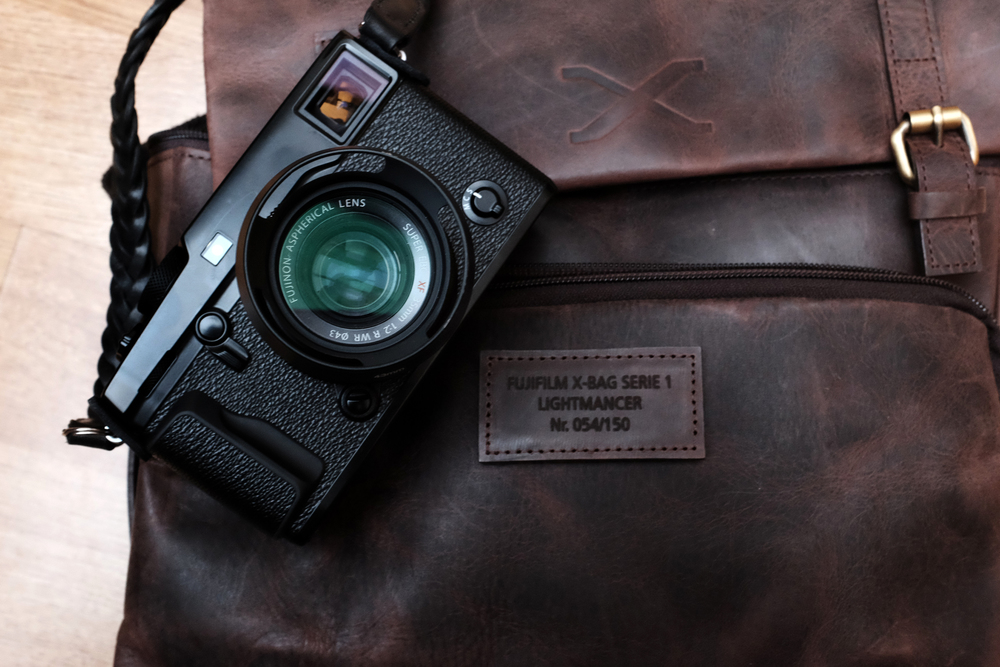
Where did you get that bag from?
Hi Isiaka, this article was by Bill Palmer and I have asked him to reply. Funnily enough, the same question was asked last week and Bill replied, but now I can’t find it. He will add his views shortly.
Mike
Indeed I did. It’s a limited edition from Fuji Switzerland via our friends at FujiLove… The company that makes it is the unfortunately-named "Pajass" (pajass.com) and it is a fettled version of their "Kauai" bag. It’s great now that I’ve binned the original inserts, replaced them with a Hadley Small version from Messrs. Billingham and added a nice shoulder-pad. If you look closely you will see that it is #54 of a limited run of 150, all of which are sold out. Funny that it’s 54 which also happens to be my age, my inside leg measurement and my IQ…
Great insight and perspective. I think your choice of words to describe the experience are very fitting.
I just received my x-pro2 yesterday and what few waking hours I spent with it (yes, I did have to stop and put it down at some point late last night), I am so happy I made the purchase to replace my x-pro1.
I was debating whether to keep my x-pro1 as a back up.. it’s still a very capable camera, and being the very first ILC X camera to start off all the others, historically, it seemed it would be nice to just keep in observance of the model that launched so many cool subsequent models under the X series.
But, I think I will sell my X-Pro1.. why?
I’m having too much fun with the X-Pro2 and feel another could benefit from the sale of the X-Pro1 so I could transform the sale into a purchase of another lens.. I’d like to go wider, I’m thinking.
I always wanted the X-Pro1, but it was too pricey for me at the time and given less expensive and more capable and more feature rich cameras during those early X camera days, I never purchased one until very recently when it is obtainable for a reasonably low $500 price new.
Despite it’s lovely design and remarkable image quality, I always had a gripe with the X-Pro1 that kept me from 100% enjoying it.
1) The AF.. it’s notorious and been improved over the years via firmware.. still, it’s always feels a step behind where I’d want to be and needed to plan ahead to work around the "speed bumps".
2) One of the biggest selling point was the hybrid VF… but, not fortunate to earn enough to comfortably afford a Leica digital rangefinder, this was really the only alternative at the time. But, as cool as the hybrid vf was, it never felt completely finished.. The EVF was "ok" for it’s day, but I really wanted to use the OVF more.. it simply lacked any good focus confirmation using autofocus.. you could only guess at where the AF point was and see a green box to confirm it after half pressing the shutter button.. and if you missed, you’d know where it was and could reposition and try again.. a 50/50 shot almost always. Forget about manual focusing.. you have even less information that shows you where you are actually focusing on except for distance scale and that is still not accurate enough.. in the end, I would always have to go back quickly switch back to EVF to confirm focus.. and if I always had to do that, then what was the point of the OVF except a novelty that was in my mind half broken.
Anyways, fast forward to today with the X-Pro2.. all of the above issues I just mentioned have been properly addressed with advanced hybrid AF and the fastest processor ever in a Fuji X camera.. and, loving they implemented the X100T’s electronic rangefinder mode for OVF and now I can truly have instant focus point confirmation with real time frame line update if I choose to use manual focusing.
There’s so much more to say and love about the X-Pro2.. but, I’ll end it here.
And, I agree.. I prefer the rangefinder form factor to the slr style of the x-t1.. but, if i were to use more zooms, I’d prefer to use them on the x-t versus the x-pro.. the latter seems better suited for primes.
Wing, thank you very much for your thoughts. I do know what you mean about the X-Pro1 and focussing; I nearly threw it into the Ionian Sea when I first tried to achieve critical (portrait) focus with the 56mm… I gave up and used the EVF because it was the only way I could nail it. The X100T paved the way to goodness, and the X-Pro2 is the realisation – decent focus confirmation transforms the experience.
And yet – I shall keep my X-Pro1. I wasn’t an early adopter – I got mine about 2 years ago now, so I missed the first really nasty AF experiences. I will keep it as backup because it makes more sense to hang on to a body I have and know the history of, rather than picking up a pre-owned or refurb X-E2 or even X-M1 or the like. Of course it also comes down to whether your backup is a second camera or a second platform for your lenses – if the former, the X100T does the job, but I have this nightmare of being on a long trip when my main body dies and I am left with a bagful of lenses and nothing to mount them on.
The bottom line is that the X-Pro2 is a leap forward from it’s predecessor and if money were no object I would have another, but..
Thanks Bill. My settings are almost the same as yours. I tend to move between matrix and spot on most cameras, but with the X-Pro 2 I am finding that centre-weighted is pretty good. I usually have -1/3 or -2/3 exposure compensation for most ‘normal’ shots, which I change as the situation requires during shooting, but a zero setting often works well with the X-Pro 2. All of this this seems to point to a very accurate meter on the X-Pro 2. We are, of course, lucky to have the likes of Lightroom and to have the ability to compensate for exposure mistakes or other infelicities later on. In this regard, the X-Pro 2 is a huge advance on the X-T1 for anyone who shoots RAW images. Most of the reviews, I have seen, seem to have ‘glossed over’ this factor. Maybe many reviewers just shoot JPEGs. In that department Fujifilm were already well ahead of the pack.
William
Bill, assuming Fuji delivers a 23/2 can you still see using your X00T? Thanks for the review.
Jim, that’s an excellent and thought-provoking question. I have the 23 1.4 now, but I confess it sees little use; I prefer the X100T for that focal length. I carry it in a small Domke bag with the TCL and WCL to give a very compact and high quality three focal length solution, ideal for street and for those times when space is at a premium, such as when on a business trip when photography is not the main aim.
All that said, I would be delighted to see a compact, weatherproof 23mm f2 as a companion to the 35 f2 and I would be sure to get one; I used to carry a "holy trinity" set of 35mm Summicron, 50mm collapsible Elmar-M and 90mm Tele Elmarit-M and shot more than 90% of my subjects with that setup; I could happily do the same with 23 and 35mm f2 Fujinons and either the venerable 60mm (due for a revamp, surely?) or the bulkier but superb 56mm. For now I use the 27 because it is so compact but that 35 would be a killer…
Would I keep the X100T? Yes. Having made my peace with the X100 series – hard to love, but satisfying to master – I can’t now imagine being without. It is just too compact, too convenient and too good to lose from my bag.
"I can’t now imagine being without. It is just too compact, too convenient and too good to lose from my bag."
That sums it up perfectly for me. The original X100 was the camera I wanted to love and thought it would satisfy my rangefinder itch. That (mostly) failed experiment drove me to my first digital Leica. Then the T came along. It’s now the camera that goes to work with me every day or times I don’t want to take the M. On trips or certain occasions I would be hard pressed not to take it with the M, 35 and 50, as it can do things the M cannot.
Looking forward to hearing more as you progress with the XP2.
Jim, thanks for keeping the comments coming–things are hotting up at Macfilos. Reading your discussion with Bill, it strikes me that the three of us could come over well on your podcast idea. I think with three presenters the flow will be better. Bill of course now concentrates on Fuji and both you and I own Fuji as well as Leica. Bill is a former Leica owner and something of an expert on the subject, so between us we should be able to talk off a donkey’s hind leg. What about it?
Works for me!
I agree, Mike. Three would be great. Let’s chat!
I just received the X-Pro2 and am also enjoying the camera! I have an XT1, as well. Do you see any use of the XT1? The larger EVF may be better for when I’m using the 55-140? But, I’m really leaning toward eBay for sure. Thoughts?
Jeff, thanks for taking the time to comment. I’ll be honest, I prefer the "rangefinder" form factor over the "DSLR" as represented by the X-T1. I have mine for long-lens work, mostly air shows, motorsport, rugby and cricket. I am also not a big zoom user, preferring primes. The X-Pro 1 and 2 therefore suit me down to the ground. After 20+ years of Leica M use I am also a big fan of a nice clear optical viewfinder which I find helps me to connect better with what I am shooting, even as good as the little tv screen in the X-T1 is, it is not the same.
So to answer your question, now that I have it in my hand, the X-Pro2 is an X-T killer for me; I shall sell it on, and put the funds towards the 100-400, which will see far more use. Make sense?
Just a few points to add to and reinforce what Bill has said here.
This is a beautifully built camera, way ahead of most DSLRs and CSCs on the market in quality of construction. The OVF/EVF combination obviates the need for a separate viewfinder with manual focus lenses. One can only hope that Leica will follow the Fuji lead next time out. To build and combine a rangefinder to the standard of the M and an EVF to the standard of the SL will be very expensive though. I have no interest in a big lump of a camera like the SL, but I really like the wide open spaces of a rangefinder viewfinder where you can see outside of the area covered by by the lens. ‘Focus and re-compose’ is my preferred picture taking method.
The autofocus does not seem to work as well on the OVF as it does not allow the single focus point to be as small or precise as is the case with the EVF. Maybe, I am missing out on some settings. Single point is my preferred focus method for autofocus as I don’t trust cameras to do this the way I want it. I did try the digital split image instead of focus peaking last night and the camera immediately locked up and ran down the battery. So I will stick with focus peaking for the time being. The implementation of focus peaking in the X-Pro 2 is as good as it gets today, but, generally, I feel that this is still a ‘work in progress’ for all camera manufacturers. The autofocus speed is about the same as the X-T1 after the firmware upgrade of last year. There is some hunting in low light but in normal daylight it is fine. I am glad that Bill has pointed out a use for the ‘joy-stick’ as I could not figure out any practical use for it. Focus and re-compose is so much faster than flicking a little green box around on a screen with my arthritic fingers.
I had one settings ‘wipe out’ the first day, but that appears to be fine now. It must take some time for the internal battery to get charged up. My stomach/chest/buttons etc keep operating the touch pad buttons when the camera is around my neck and the ‘funny filters’ keep coming up. Locking the touch pad is indeed the solution. Thanks Bill.
I have small hands, but removing the SD card is a bit of a chore as there appears to be a ‘creature’ in the card slot with very strong jaws! I am sure I will get used to it, though.
Leaving the best wine until last, the quality of the images from the camera is superb. JPEGs are up to the usual Fuji standard, but RAW images are vastly improved and I can now give them much more ‘abuse’ in Lightroom/Nik filters etc to get the results I want. Good-bye ‘mushy leaves’ etc. I had to download the latest version of Lightroom to get the RAWs to work and maybe it is the combination between that and the new Fuji sensor that is doing the trick. I still have Iridient developer if things get tricky.
All of the controls are in the right place and my only caveat is that I would like the metering area control to be a dial or knob but the dedicated button for quick screen access works well enough.
This is a camera which I will be using a lot with both Fuji and Leica lenses this year. I hope that Leica will take a long hard look at this camera. Having the choice of either OVF or EVF gives a significant ‘market advantage’ in my view. My ‘dealer’ here in Dublin got in six X-Pro 2s last Wednesday and by Thursday they were all gone.
William
Hi William, thanks for your insightful comments. I agree with you about the image quality. I feel as if I have barely scratched the surface of what this very capable camera can do. It sounds like your pattern of usage is very similar to mine; focus and recompose may be "unfashionable" but I always point out that it is a technique that is device independent; I don’t have to remember how to move focus point from camera to camera. That, and it is "always where I left it". I have all my cameras set the same as a default; single shot AF, spot metering, aperture priority auto, auto ISO. From there I tweak as the occasion demands, but those settings are "base camp".